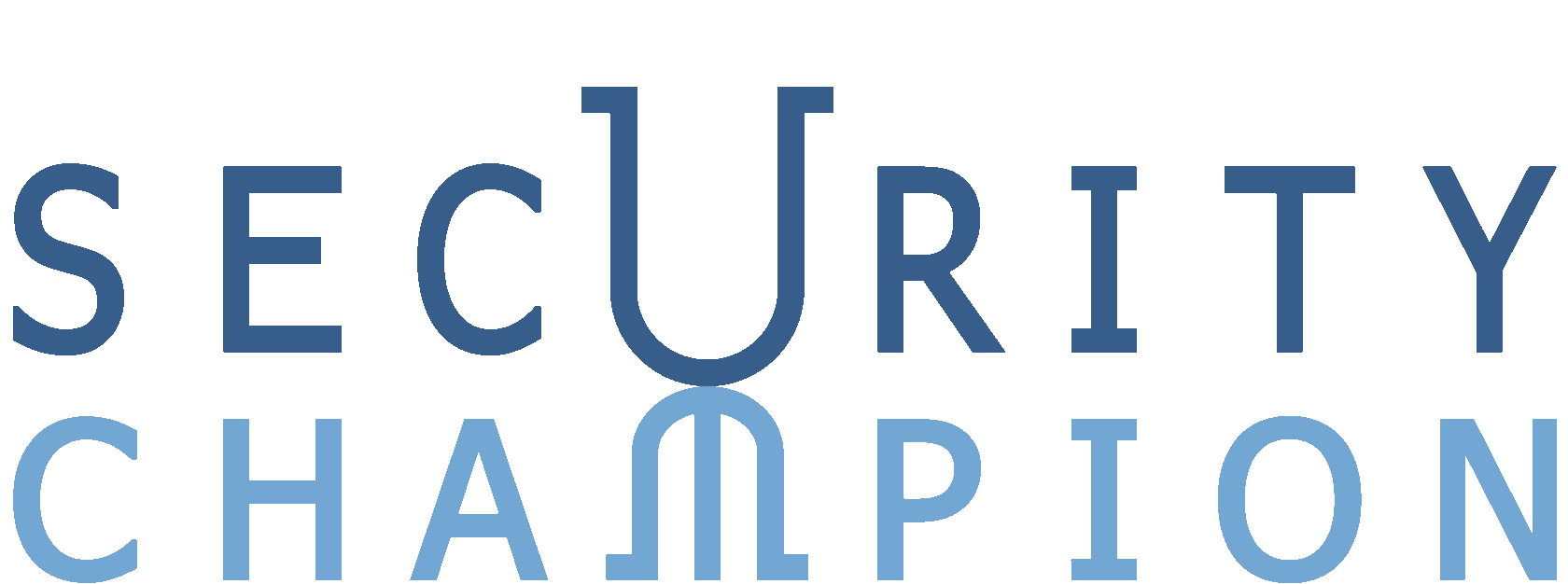Just type your contacts
Just type your contacts
You accept the privacy policy by submitting the form.
Just type your contacts
You accept the privacy policy by submitting the form.
Security champion
Safe Use of AI: A Guide for Employees
This guide will help you safely integrate AI into your work processes.
Deepfake Technology: Understanding the Threat to Businesses and Organizations
Deepfake Technology: Understanding the Threat to Businesses and Organizations
1. Use Only Organization-Approved Tools
Rely on AI tools approved by your company, such as those for data analysis or automating routine tasks. Avoid using obscure or unreliable services that might compromise data security.
Example: You found a free alternative to a well-known AI tool and used it to process client data for a report. The service creators sold this data to attackers, resulting in legal issues for your company.
2. Verify AI Outputs Before Using Them
Always double-check the content generated by AI. If the AI creates a report, confirm the accuracy of figures and references to avoid spreading false information.
Example: A lawyer relied on AI-generated references to nonexistent laws in court, leading to serious complications.
3. Avoid Processing Confidential Data with AI
Never input client data, employee details, or commercially sensitive information into AI tools.
Example: Refrain from uploading client lists or financial reports into such systems.
4. Ensure Legal Use of Content
When creating images, text, or videos with AI, verify that any sourced elements (e.g., images, text from books) don’t infringe on copyrights.
Example: You uploaded a book to an AI tool to create an article, but the tool used the book’s text without crediting the author, violating copyright laws.
5. Create Ethical Content
Do not use AI to generate content (photos, videos, text) that could harm the company’s reputation or be deemed offensive.
Example: Avoid creating images that could be interpreted as discriminatory.
6. Limit Automation in Critical Processes
Don’t rely solely on AI for important decisions or critical processes.
Example: An AI system managing chemical production made an error, leading to the release of hazardous substances. Twelve workers were affected, two seriously injured.
7. Report Suspicious Activities
If you notice someone using AI to create harmful content (e.g., fake news, manipulations), report it immediately to a supervisor or the security team.
Example: A colleague used corporate communication channels to spread fake news created with AI, damaging the company’s reputation.
8. Participate in AI Policy Improvement
Contribute ideas to enhance internal AI policies and share your experiences.
Example: Suggest automating spell-checking in documents using an approved tool.
9. Don’t Shift Human-Related Decisions Entirely to AI
For hiring or performance evaluations, ensure AI results are reviewed by a human.
Example: A company used AI to evaluate employee performance, leading to the dismissal of 150 employees labeled "inefficient." This caused reputational damage and a lawsuit from one of the employees.
By following these guidelines, you can ensure AI is a beneficial and secure tool in your work.
Rely on AI tools approved by your company, such as those for data analysis or automating routine tasks. Avoid using obscure or unreliable services that might compromise data security.
Example: You found a free alternative to a well-known AI tool and used it to process client data for a report. The service creators sold this data to attackers, resulting in legal issues for your company.
2. Verify AI Outputs Before Using Them
Always double-check the content generated by AI. If the AI creates a report, confirm the accuracy of figures and references to avoid spreading false information.
Example: A lawyer relied on AI-generated references to nonexistent laws in court, leading to serious complications.
3. Avoid Processing Confidential Data with AI
Never input client data, employee details, or commercially sensitive information into AI tools.
Example: Refrain from uploading client lists or financial reports into such systems.
4. Ensure Legal Use of Content
When creating images, text, or videos with AI, verify that any sourced elements (e.g., images, text from books) don’t infringe on copyrights.
Example: You uploaded a book to an AI tool to create an article, but the tool used the book’s text without crediting the author, violating copyright laws.
5. Create Ethical Content
Do not use AI to generate content (photos, videos, text) that could harm the company’s reputation or be deemed offensive.
Example: Avoid creating images that could be interpreted as discriminatory.
6. Limit Automation in Critical Processes
Don’t rely solely on AI for important decisions or critical processes.
Example: An AI system managing chemical production made an error, leading to the release of hazardous substances. Twelve workers were affected, two seriously injured.
7. Report Suspicious Activities
If you notice someone using AI to create harmful content (e.g., fake news, manipulations), report it immediately to a supervisor or the security team.
Example: A colleague used corporate communication channels to spread fake news created with AI, damaging the company’s reputation.
8. Participate in AI Policy Improvement
Contribute ideas to enhance internal AI policies and share your experiences.
Example: Suggest automating spell-checking in documents using an approved tool.
9. Don’t Shift Human-Related Decisions Entirely to AI
For hiring or performance evaluations, ensure AI results are reviewed by a human.
Example: A company used AI to evaluate employee performance, leading to the dismissal of 150 employees labeled "inefficient." This caused reputational damage and a lawsuit from one of the employees.
By following these guidelines, you can ensure AI is a beneficial and secure tool in your work.

